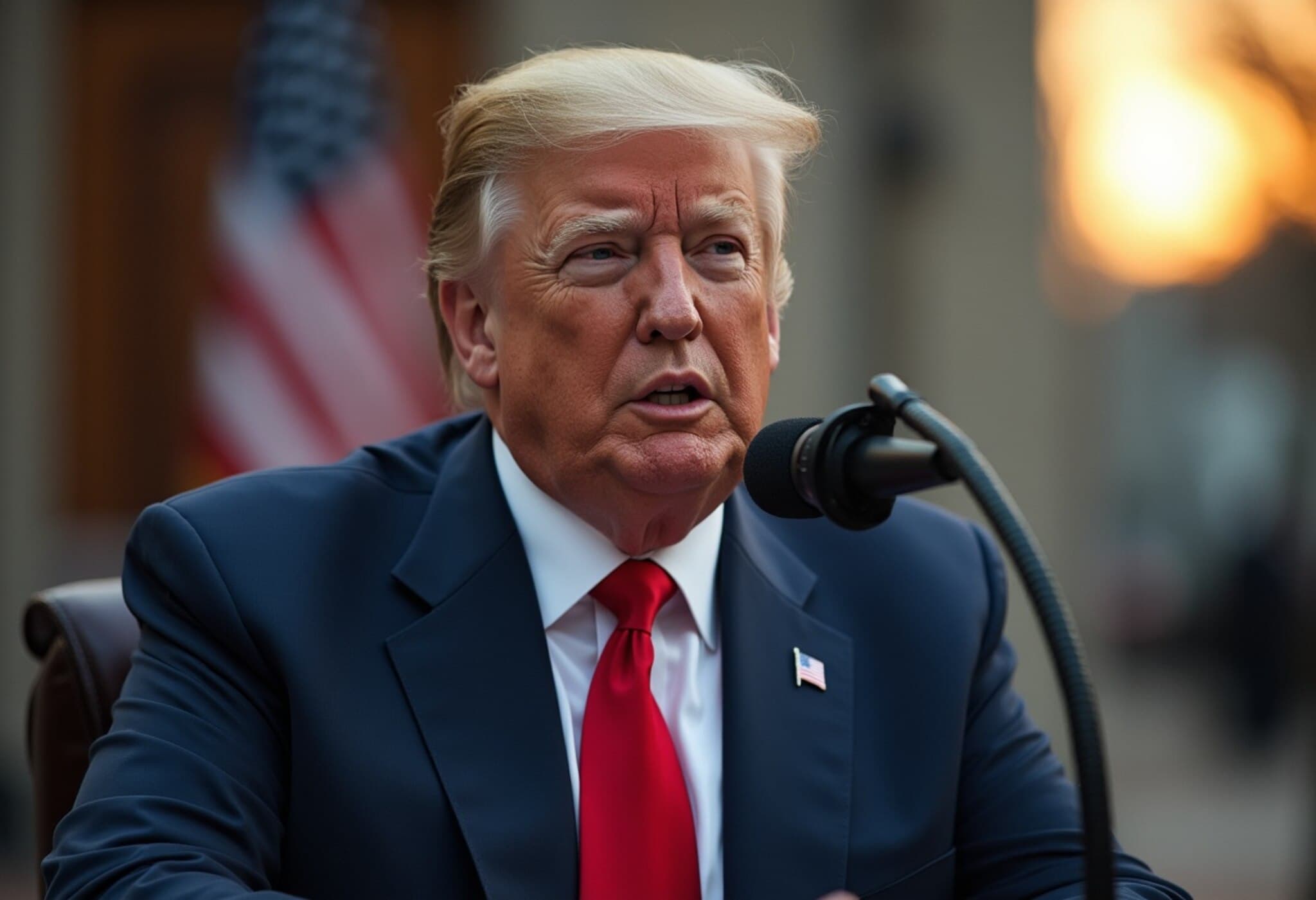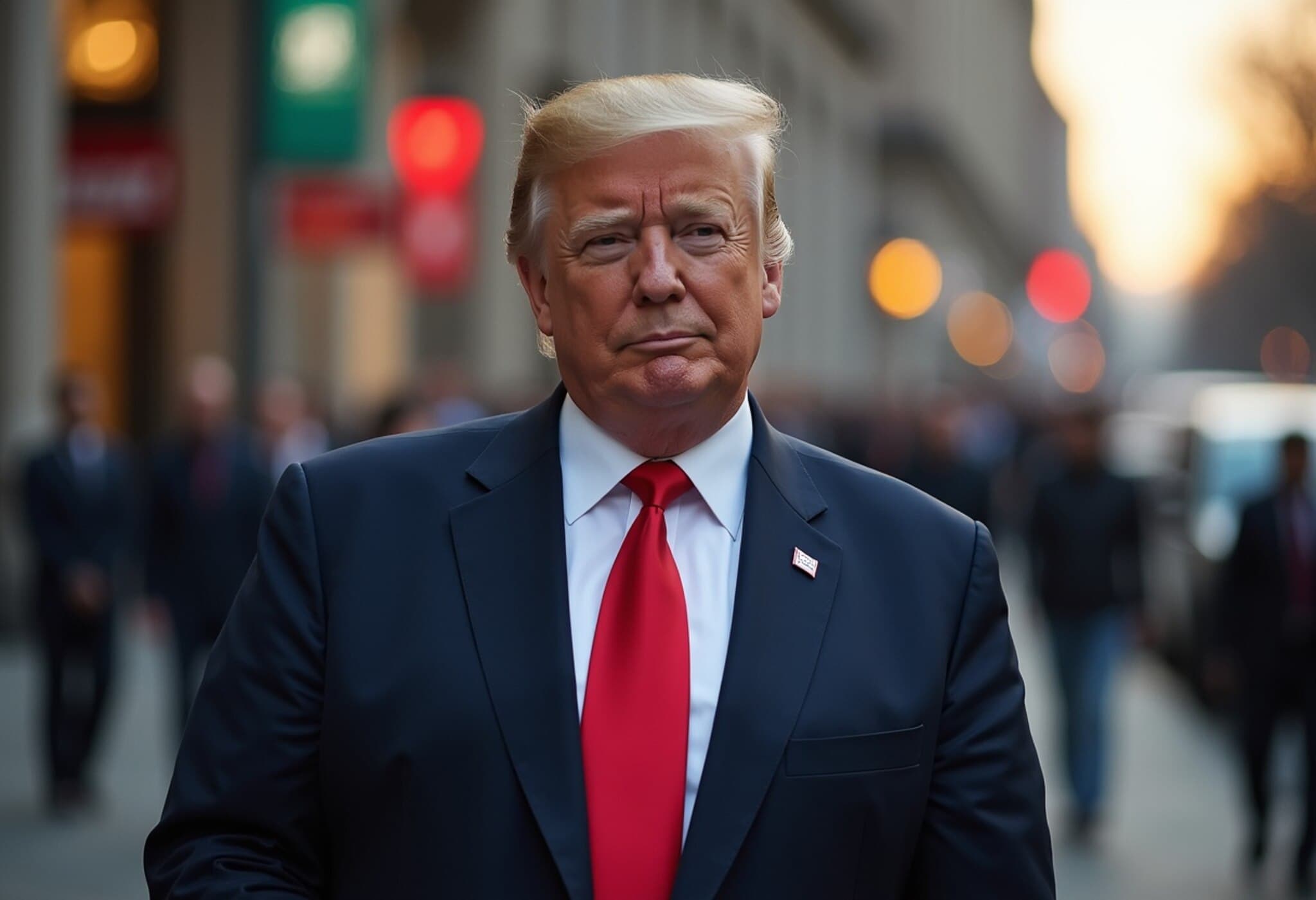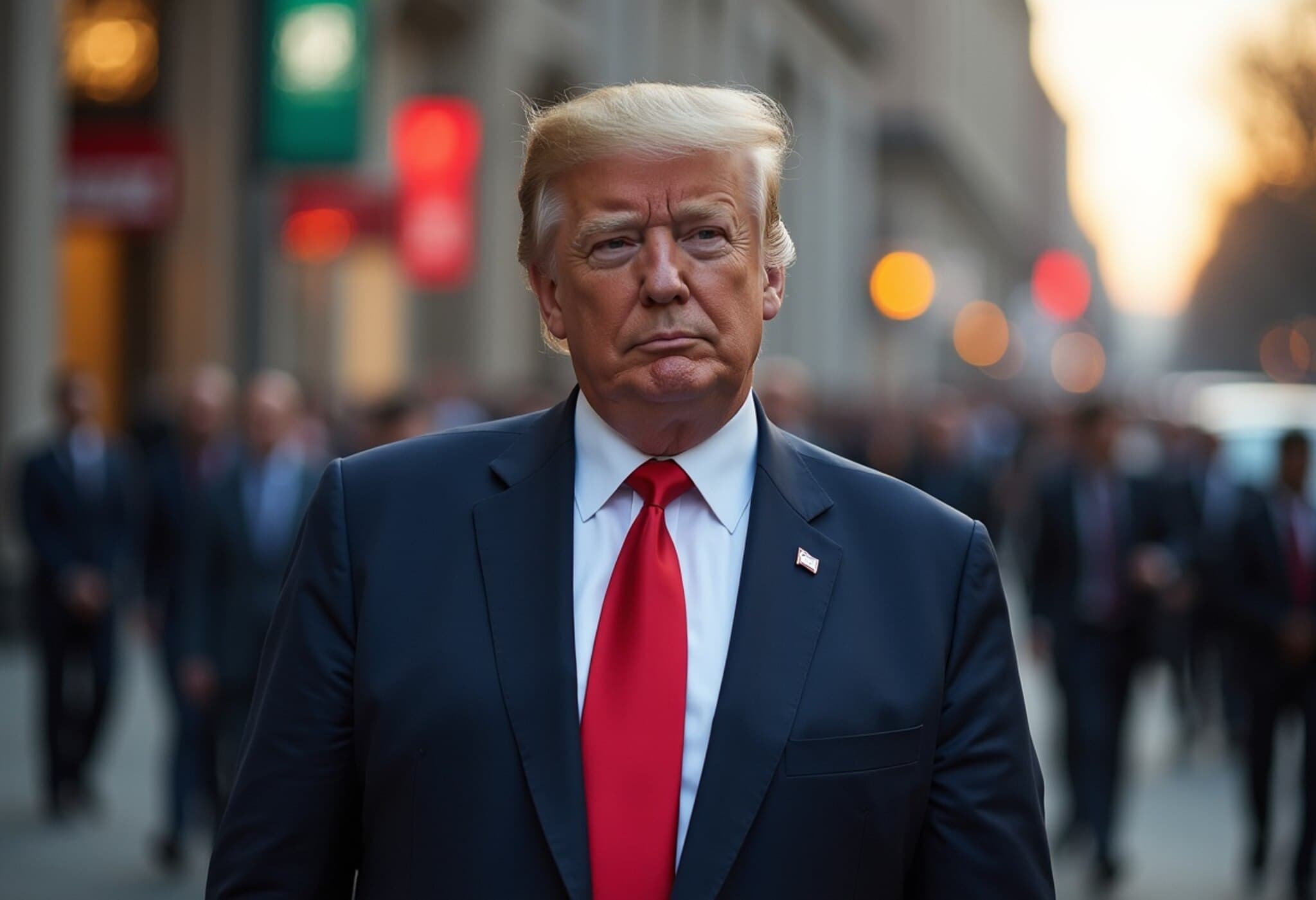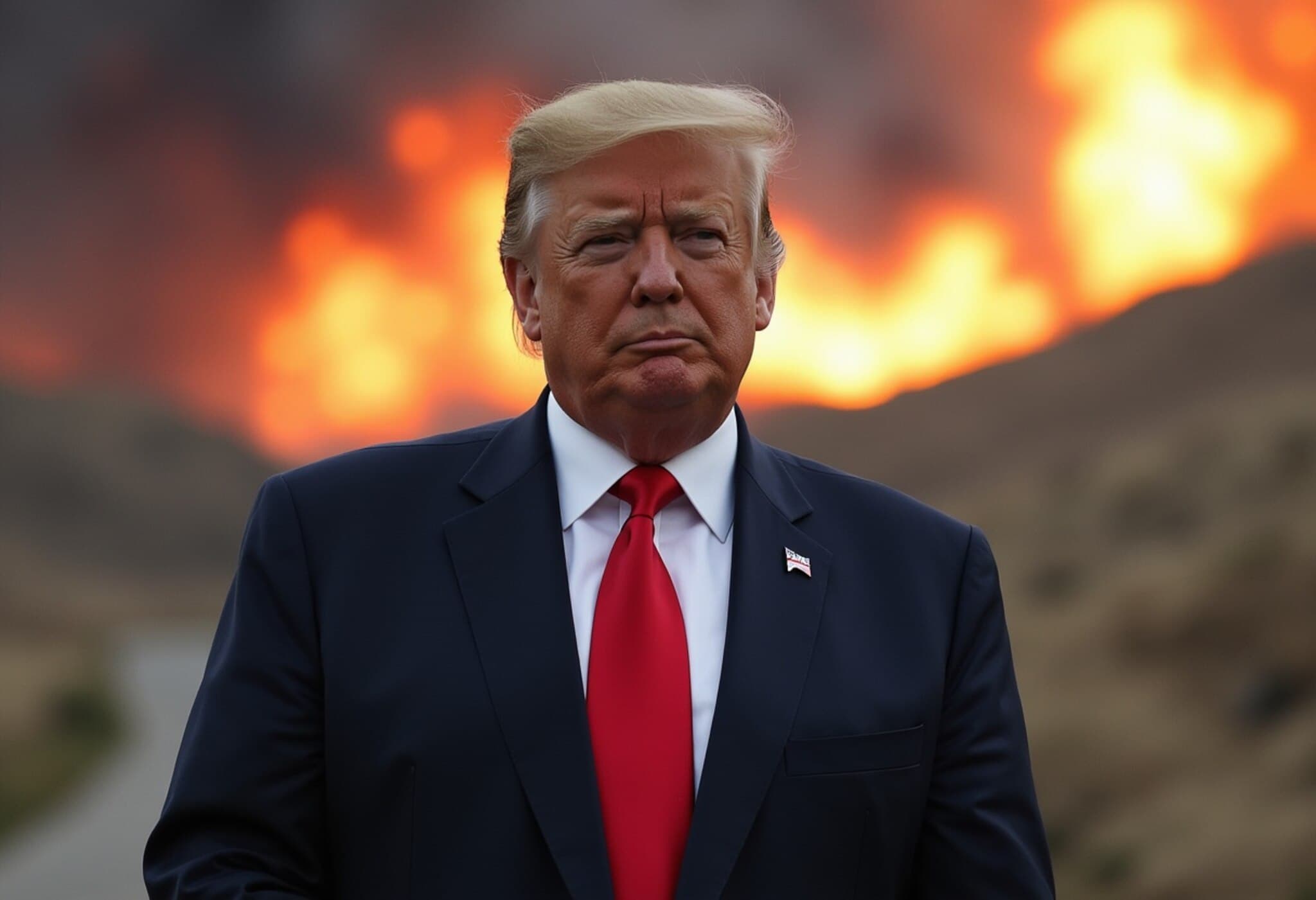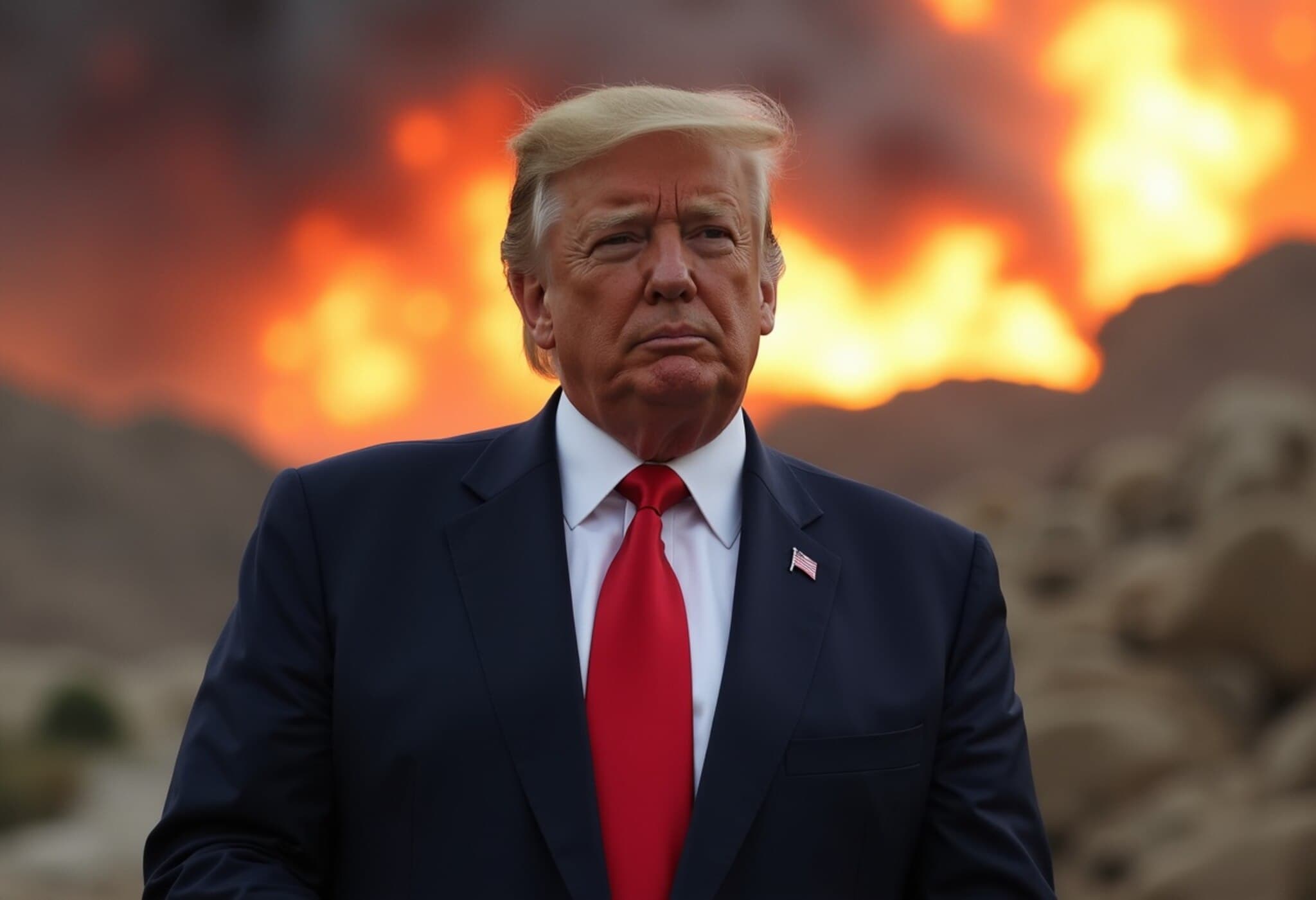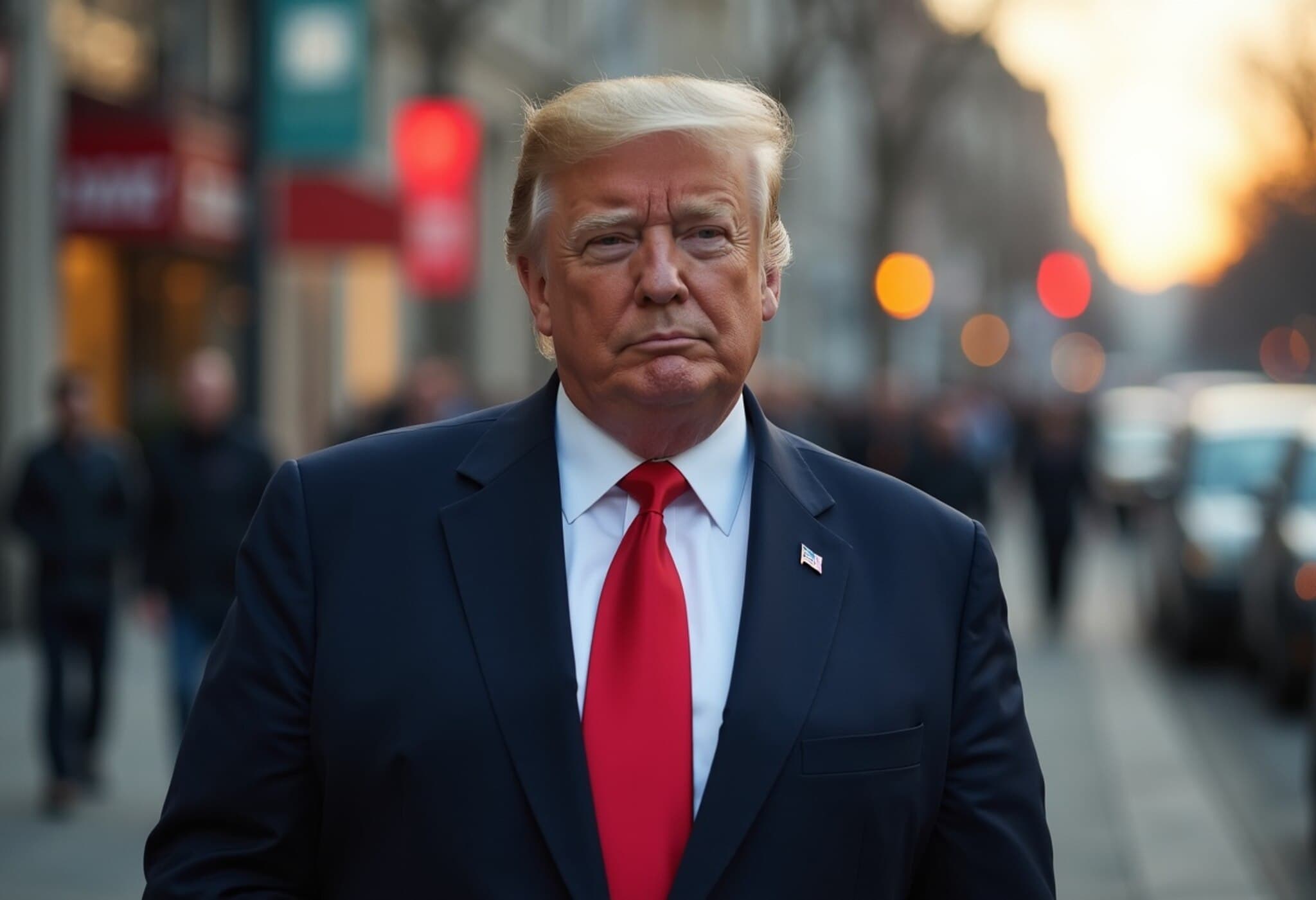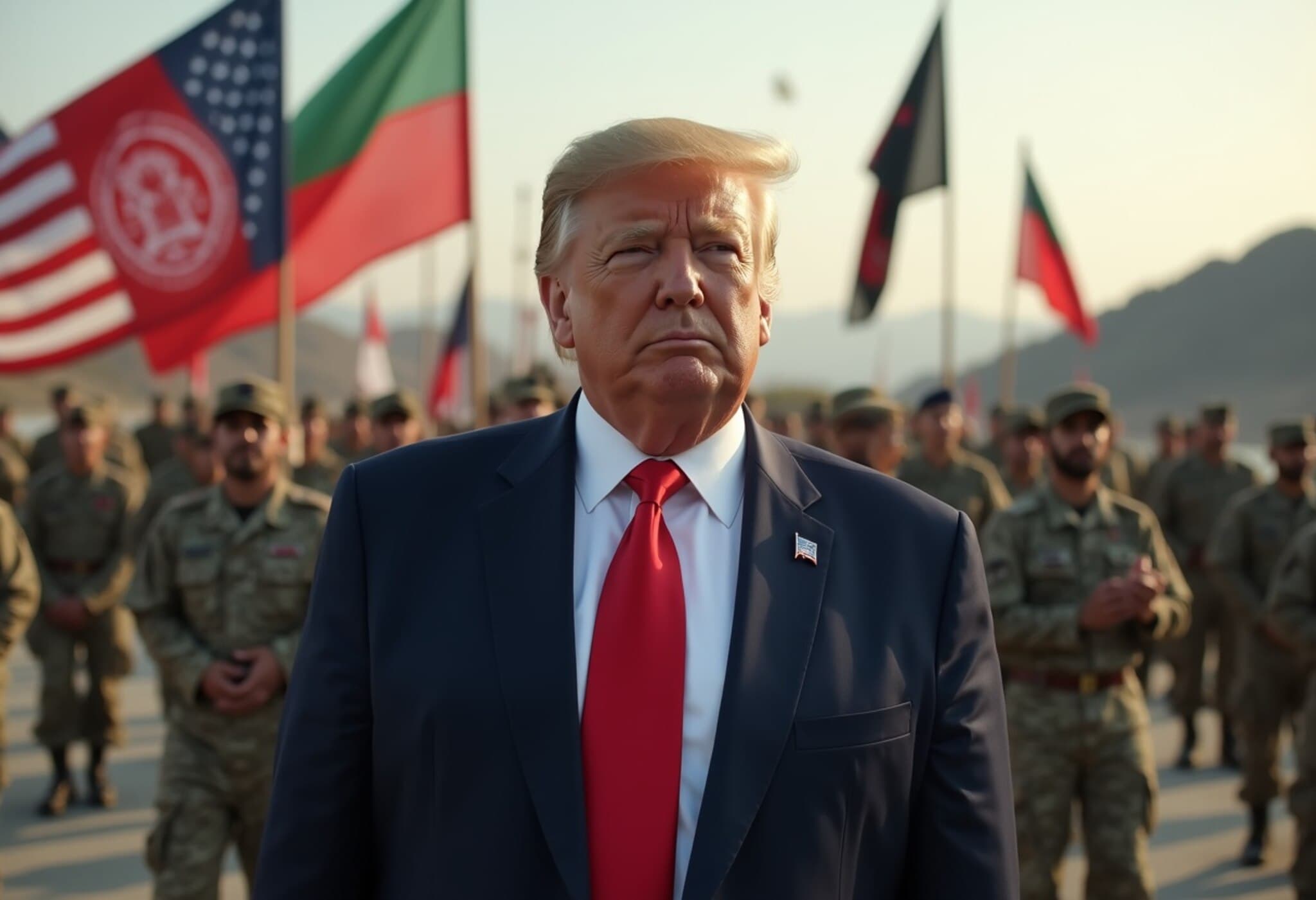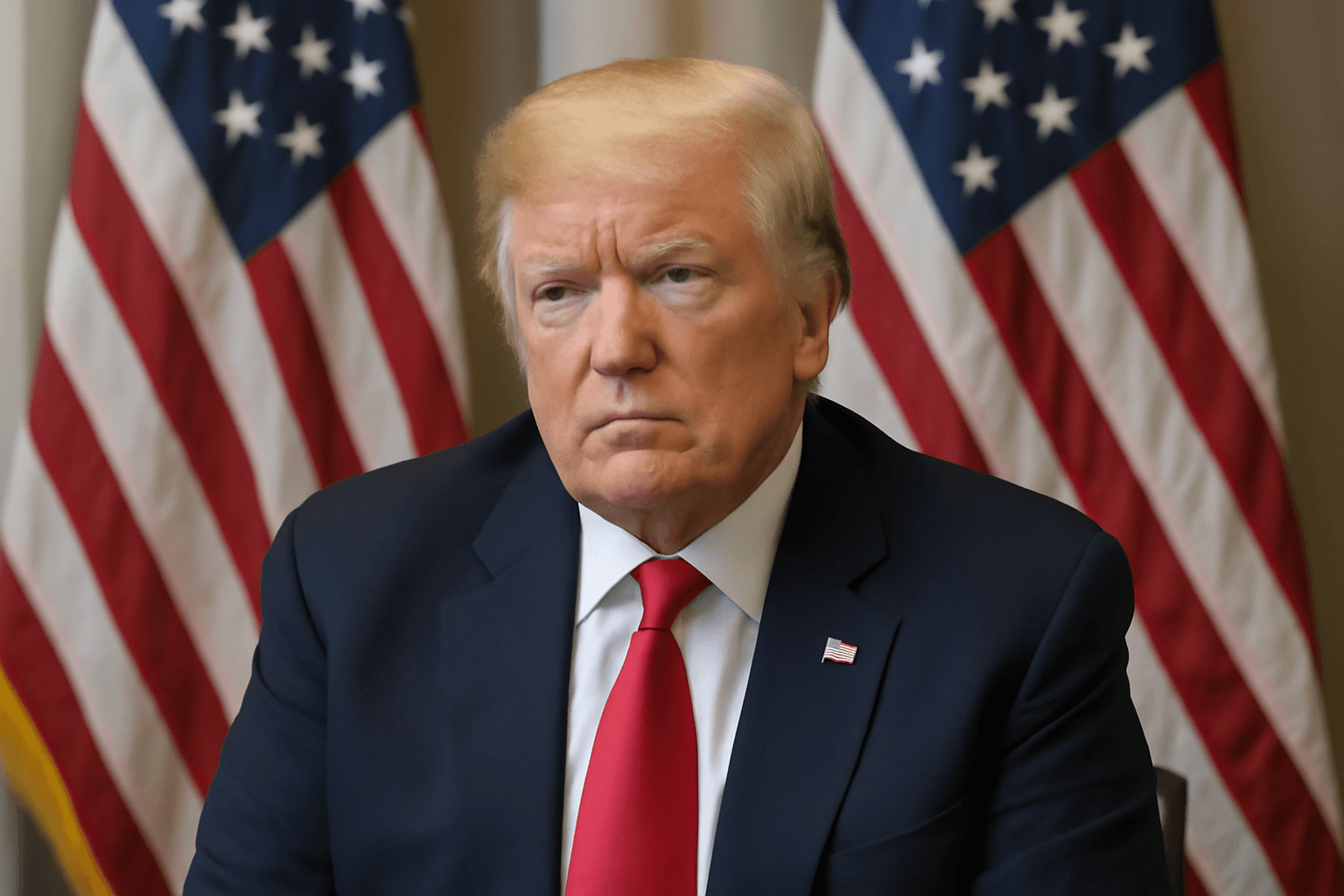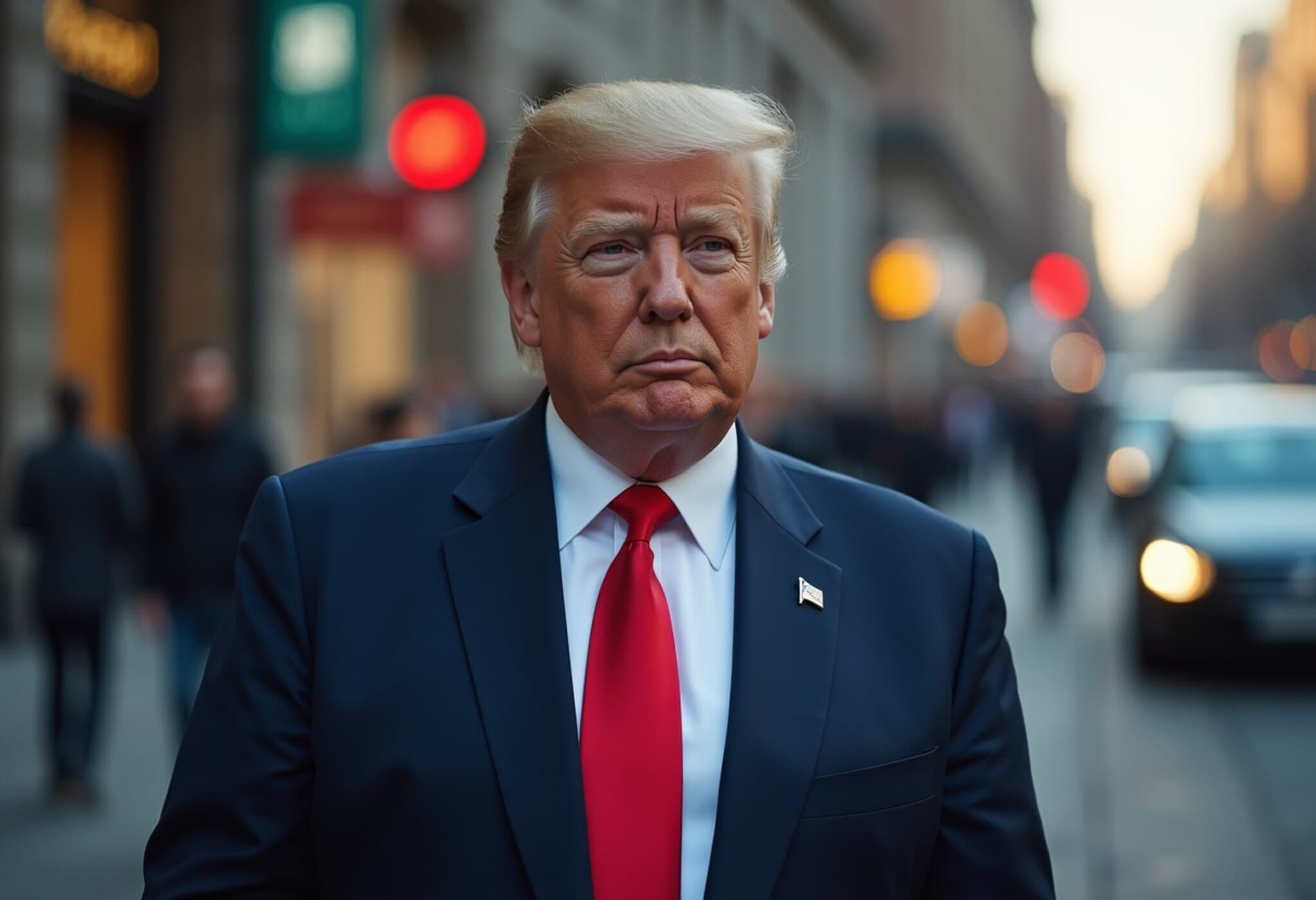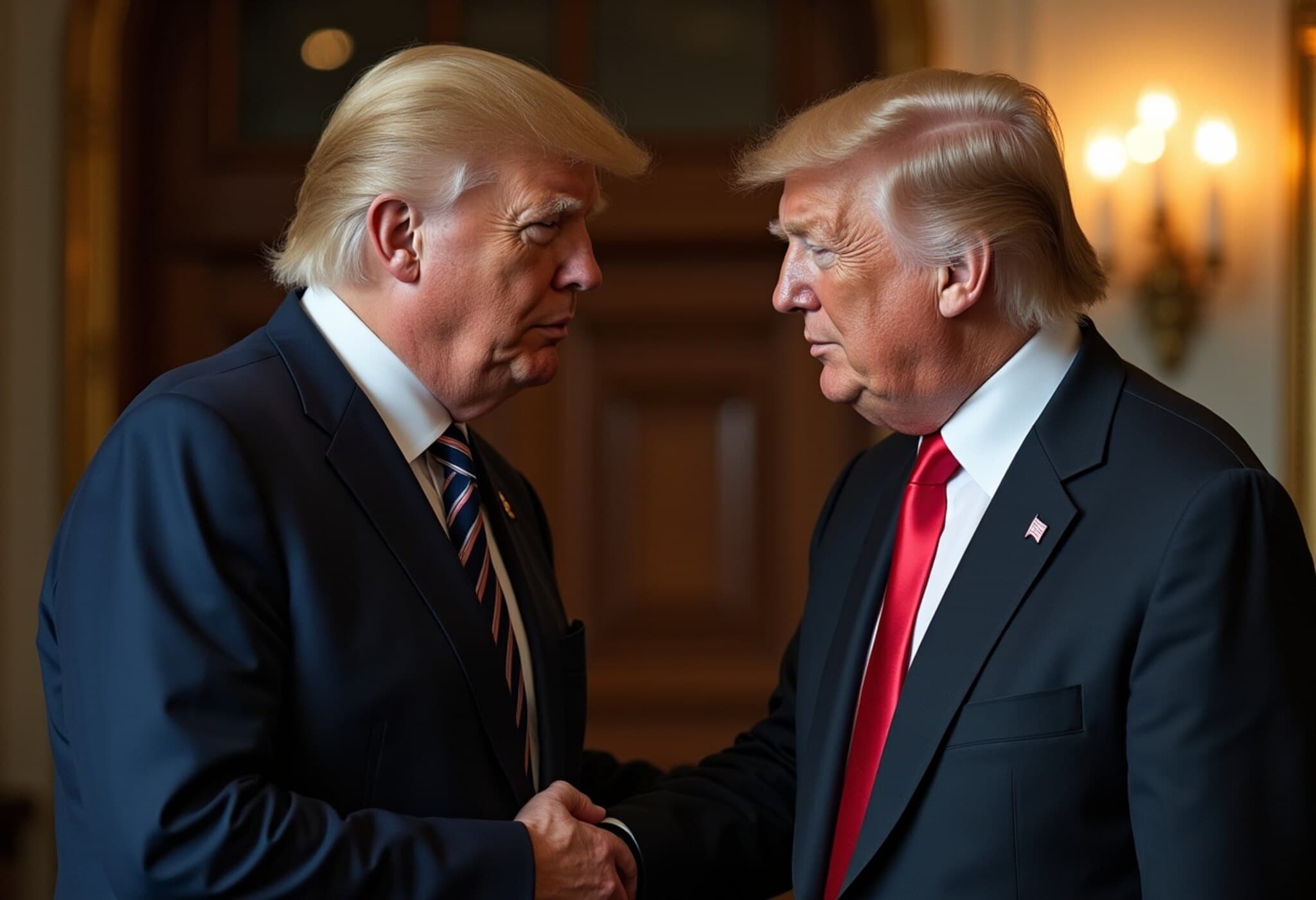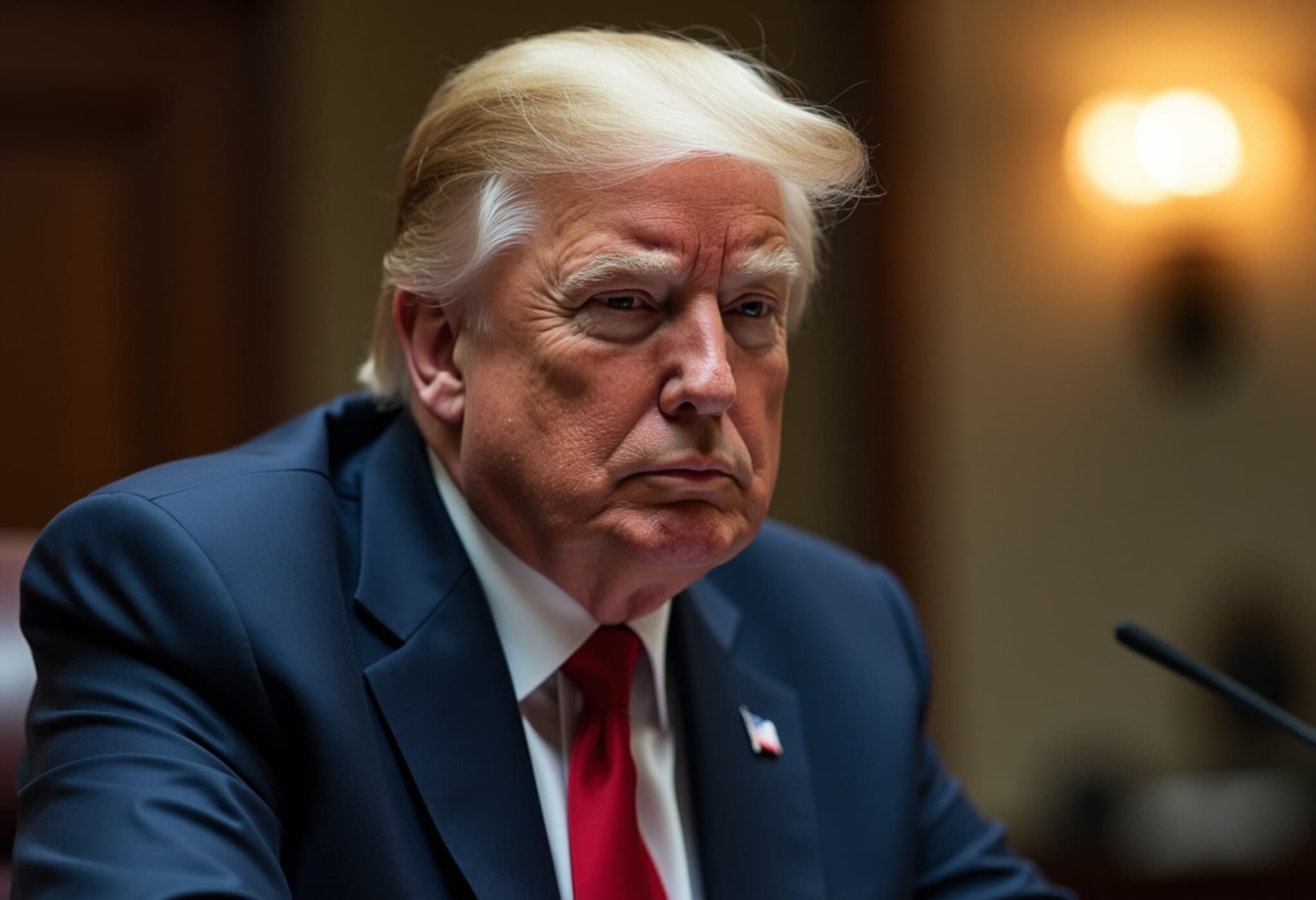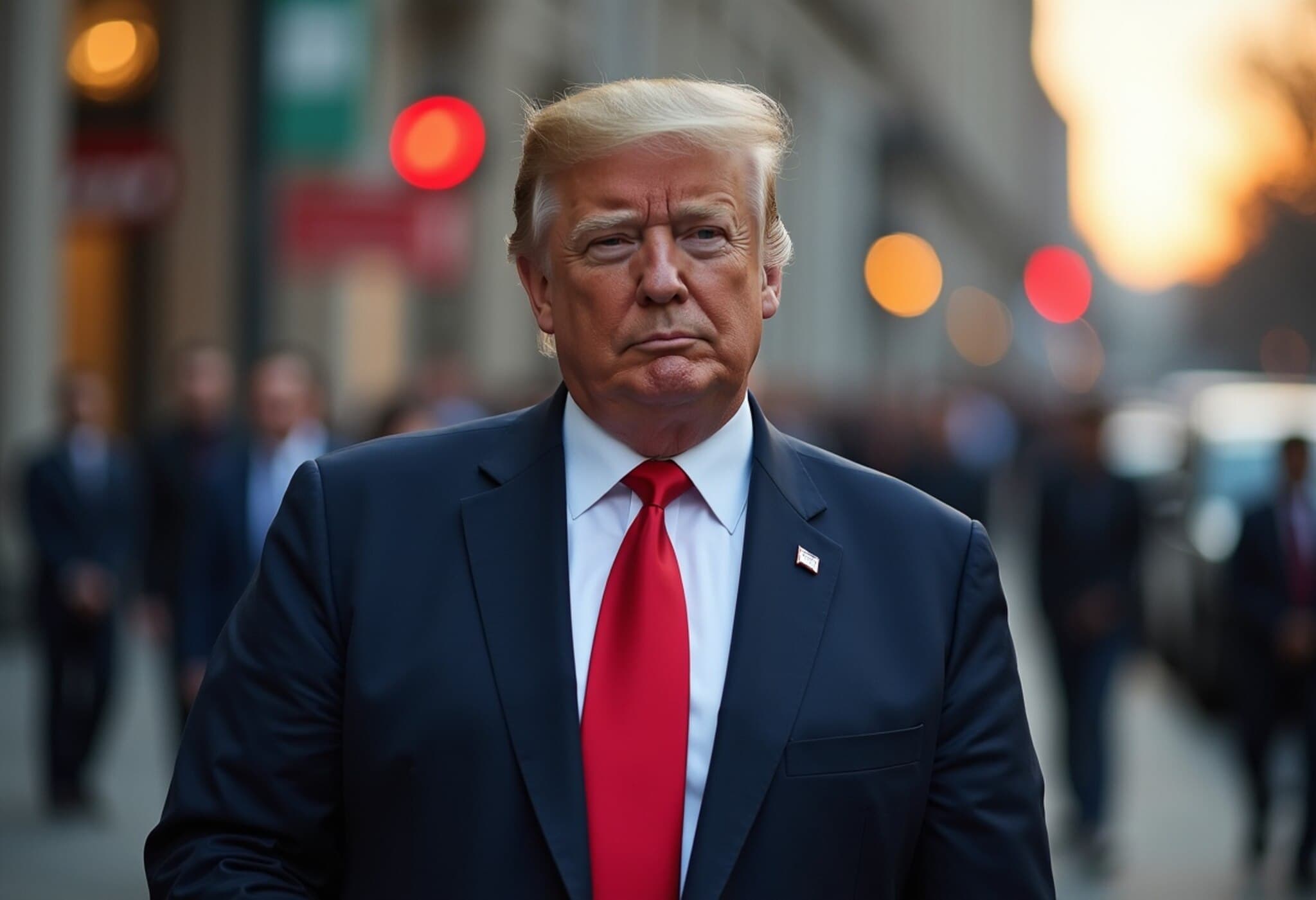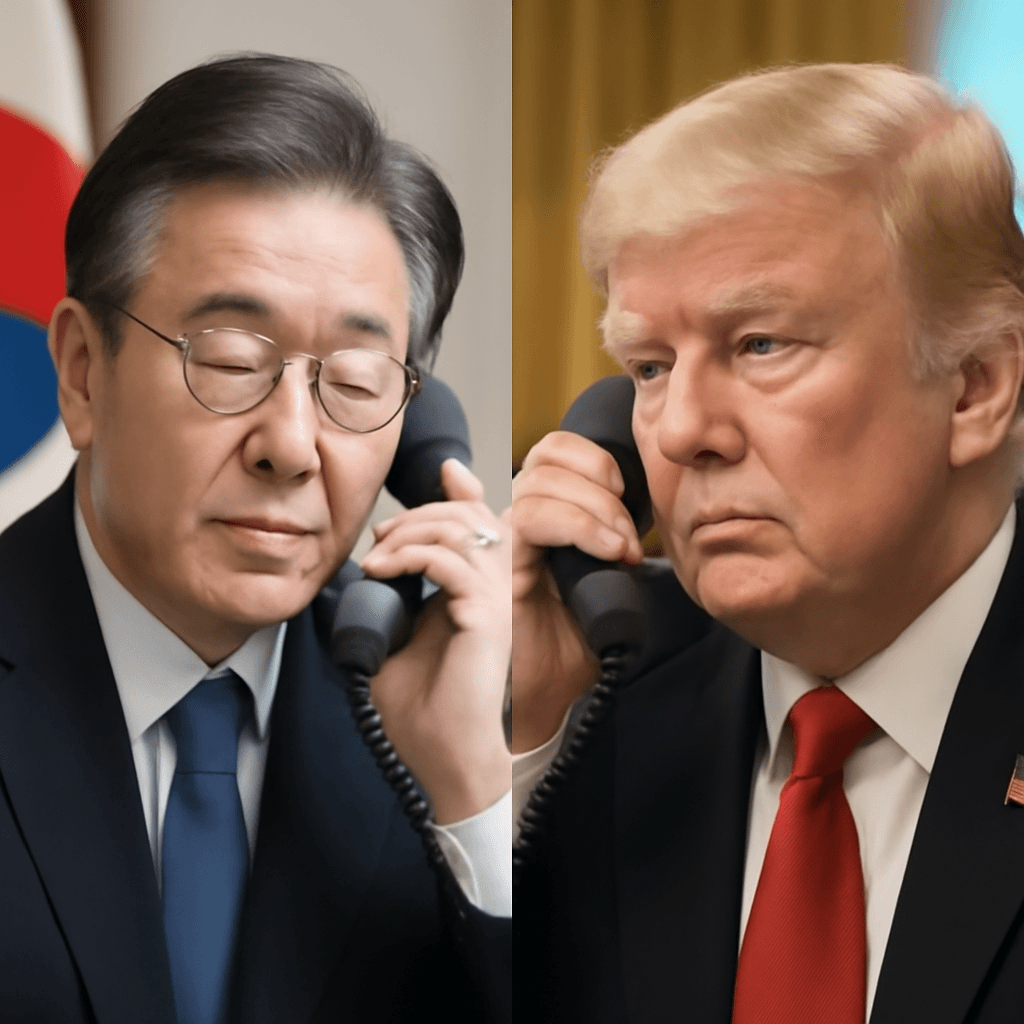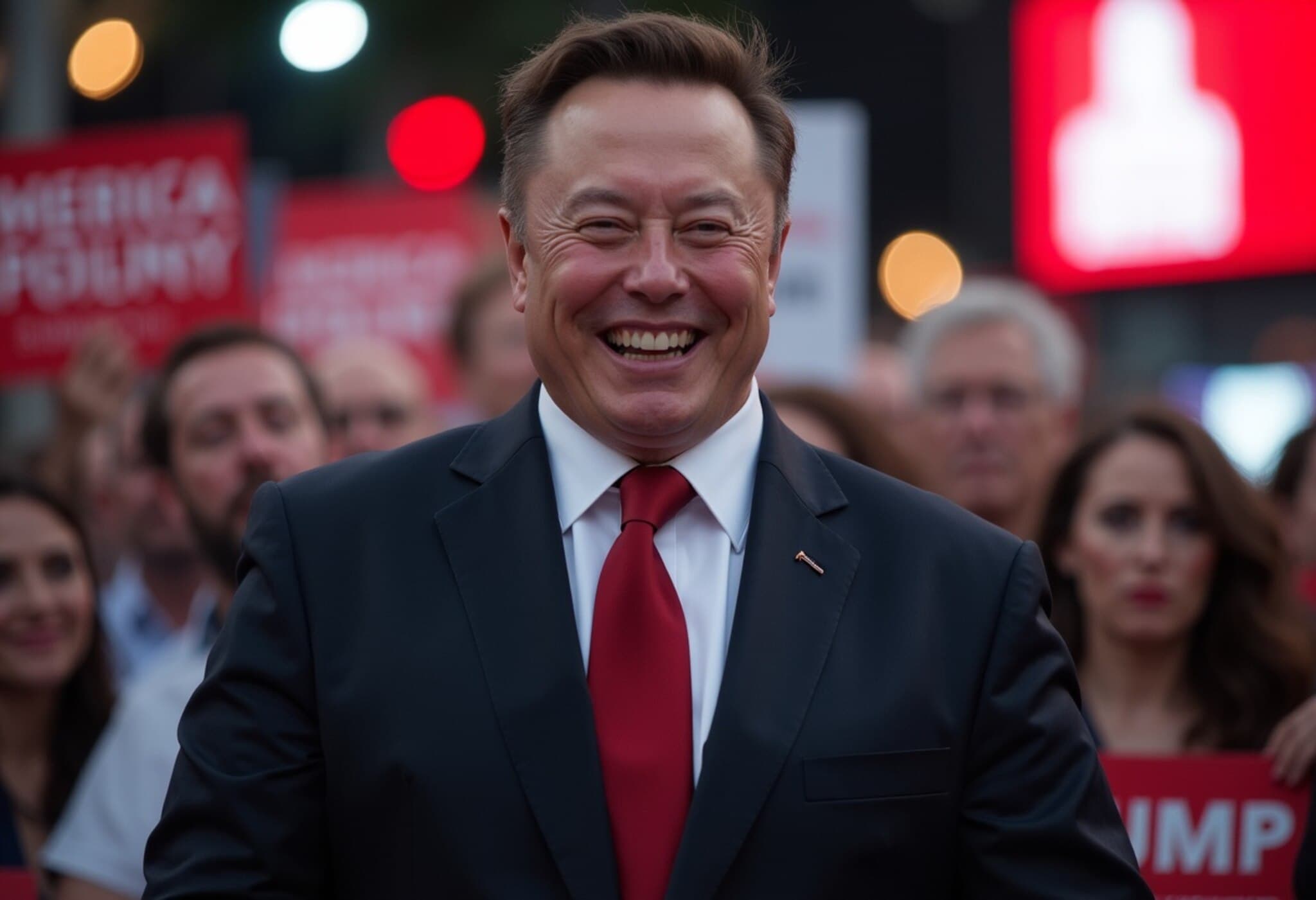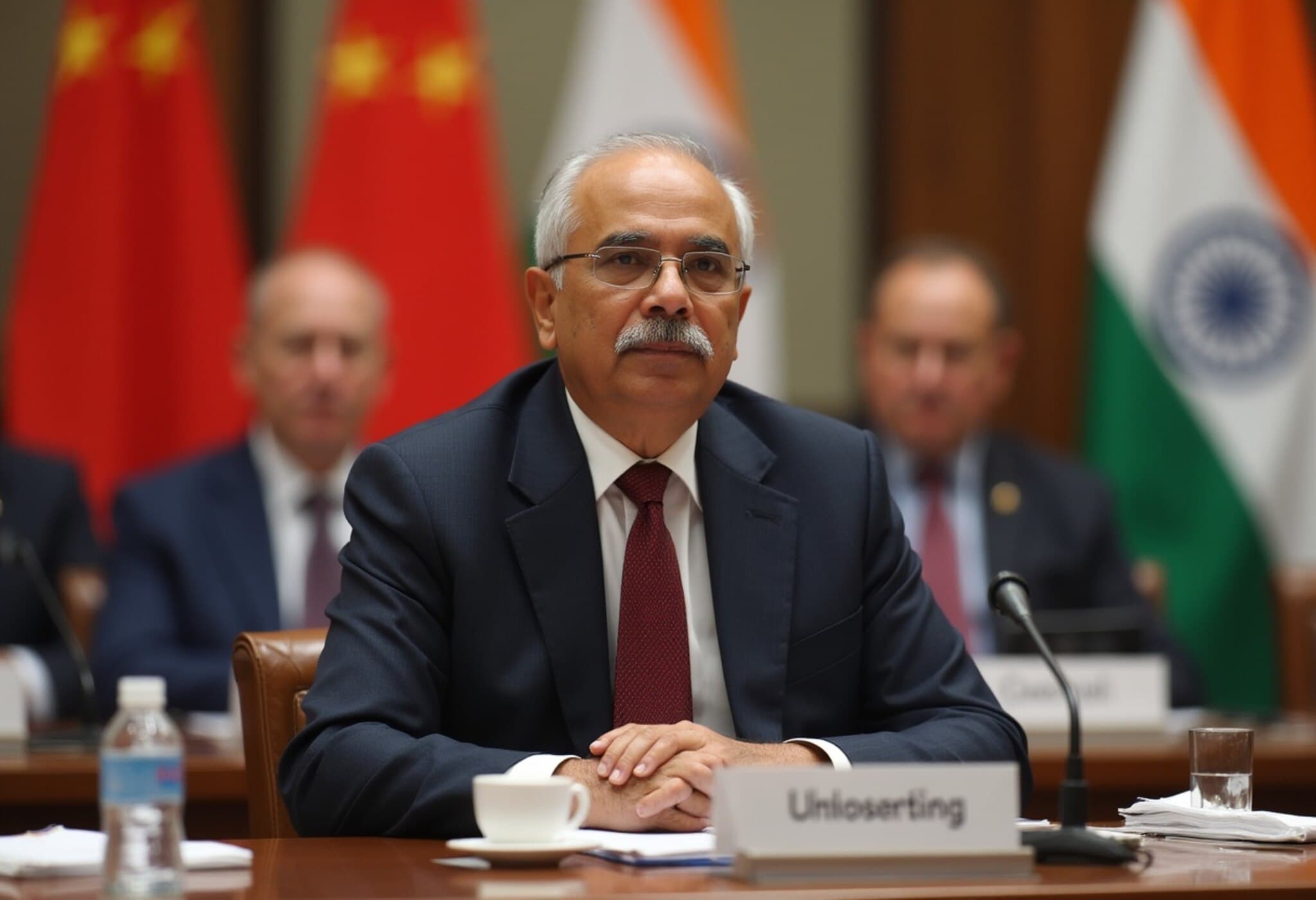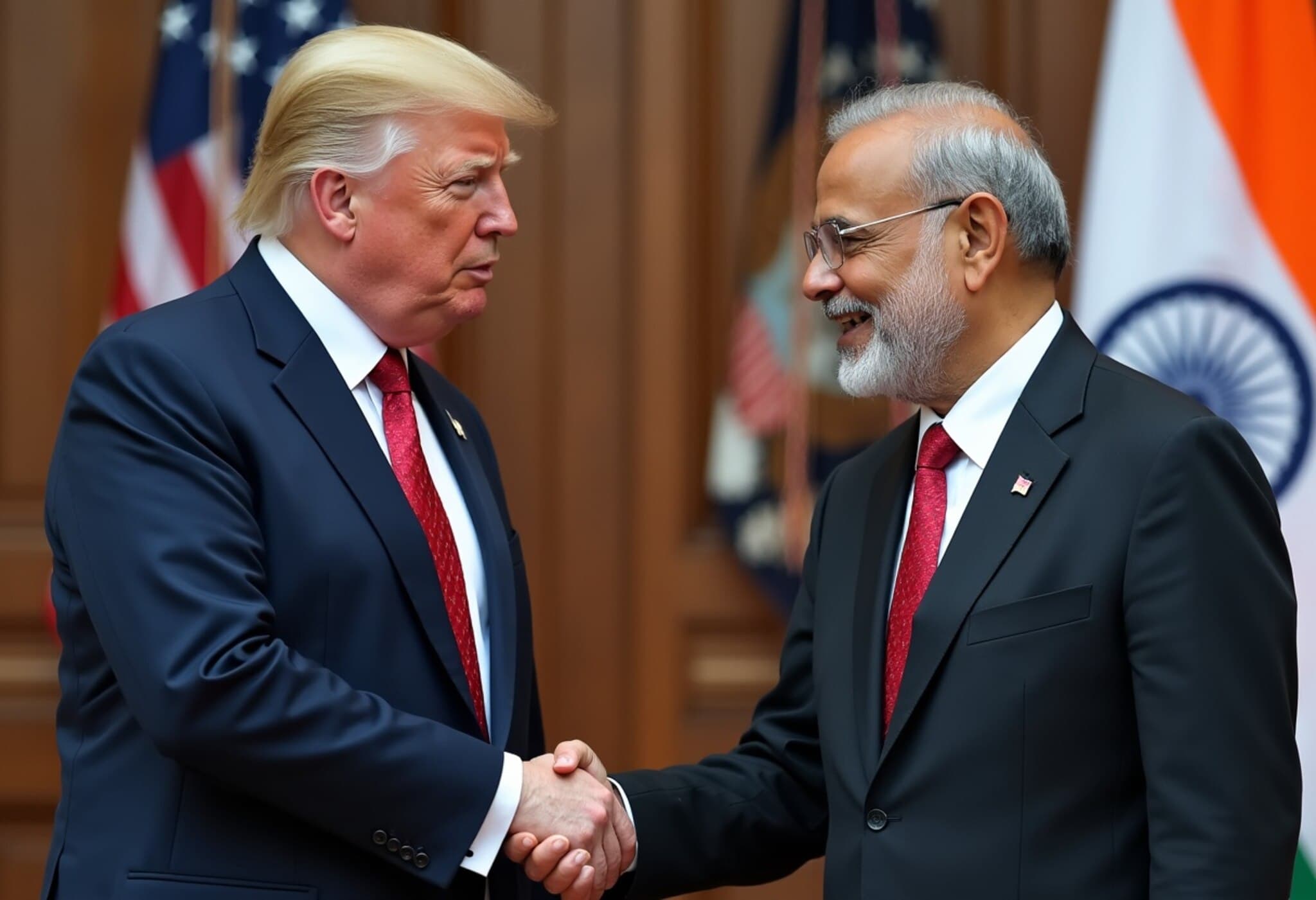Trump Reverses Stance on Targeting Moscow Amid Ukraine Conflict
In a notable shift amid escalating tensions in Eastern Europe, former US President Donald Trump clarified on July 15, 2025, that he does not support Ukraine striking Moscow. This came after earlier reports suggested Trump urged Ukrainian President Volodymyr Zelenskyy to consider attacks on Russian cities, aiming to pressure Moscow towards peace talks.
From Encouragement to Caution
During a White House briefing, Trump firmly stated, "No, he shouldn’t target Moscow," directly refuting earlier narratives from a Financial Times report that claimed he asked Zelensky, "Can you hit Moscow? Can you hit St Petersburg too?" According to that report, Zelensky responded positively, pending arms supply.
Trump added that the United States is not currently considering the delivery of long-range missiles to Ukraine, signaling a more cautious approach in direct military escalation against Russia. This statement contrasts sharply with the Trump administration’s historically hawkish rhetoric and underscores a complex balancing act in US-Ukraine-Russia diplomacy.
Clarifying Intentions: Peace Over Conflict
Trump emphasized his position as "on humanity’s side, not any country’s side," highlighting a humanitarian perspective focused on ending the violence. His spokesperson further nuanced the former president’s comments, stressing that he was posing questions rather than advocating further violence.
Such clarifications come amid ongoing debates within Western capitals about the scope and nature of military support to Ukraine, especially considering recent Pentagon decisions to pause certain arms deliveries. This pause reflects broader strategic considerations about prolonging the conflict versus pushing for negotiated settlements.
Setting a 50-Day Deadline: A New U.S. Tactical Approach?
In a significant policy pivot, Trump announced a 50-day ultimatum for Russia to accept a ceasefire agreement, warning of severe consequences should Moscow reject peace terms. His proposed measures include:
- Imposition of 100% secondary tariffs on Russian oil and other goods if no agreement is reached within the timeframe.
- Potential escalation of economic sanctions, aimed at accelerating diplomatic negotiations.
Trump’s framing of the conflict as "a Biden war, not a Trump war" reflects ongoing political narratives in the US domestic sphere, suggesting a desire to de-escalate American involvement or at least reposition the US role in international eyes.
Although details of what a potential peace deal would entail remain vague, the deadline signals a more assertive stance toward Russia, perhaps intended to catalyze dialogue. Experts, however, caution that imposing a rigid timeline without clear incentives or mutual willingness risks complicating diplomacy further.
Renewed Military Aid and NATO Support
Alongside diplomatic maneuvers, Trump confirmed plans to supply NATO allies with top-tier US-made weapons, reflecting a strategy to bolster regional defense without direct engagement on Ukrainian soil. Speaking with NATO Secretary-General Mark Rutte, Trump said, "We are going to produce top-of-the-line weapons, and they will go to NATO."
This initiative may strengthen NATO's deterrence posture but raises questions about fragmentation in military aid channels and long-term implications for Eastern European security architectures.
Expert Analysis: Navigating Uncertainty in a Complex Conflict
Trump’s reversal on striking Moscow and his ultimatum underscore the intricate challenges in balancing military aid, diplomatic engagement, and economic pressure. As American policymakers weigh these options, the evolving US stance illustrates the tension between preventing broader war escalation and seeking a feasible path to peace.
This development also opens critical questions:
- Will economic sanctions and deadlines effectively influence Moscow’s calculus, or could they harden resistance?
- How will renewed arms deliveries to NATO affect U.S.-Russia relations and the broader NATO alliance unity?
- Is there sufficient political will on all sides to engage in meaningful negotiations before the 50-day deadline?
With the Ukraine-Russia crisis continuing to reshape international alignments, these dynamics remain closely watched by policymakers, analysts, and citizens worldwide.
Editor's Note
Donald Trump's recent shift illustrates the complexity of the Ukraine conflict and the difficulty in crafting coherent U.S. policy. The 50-day deadline introduces urgency but lacks clarity on enforcement, raising doubts about effectiveness. Readers should consider how economic sanctions and diplomatic deadlines interact with on-the-ground realities and whether such measures can realistically accelerate peace or risk exacerbating tensions. This story highlights the interplay of domestic political interests and international peace efforts, inviting deeper scrutiny of America's role in global conflict mediation.

